Introduction
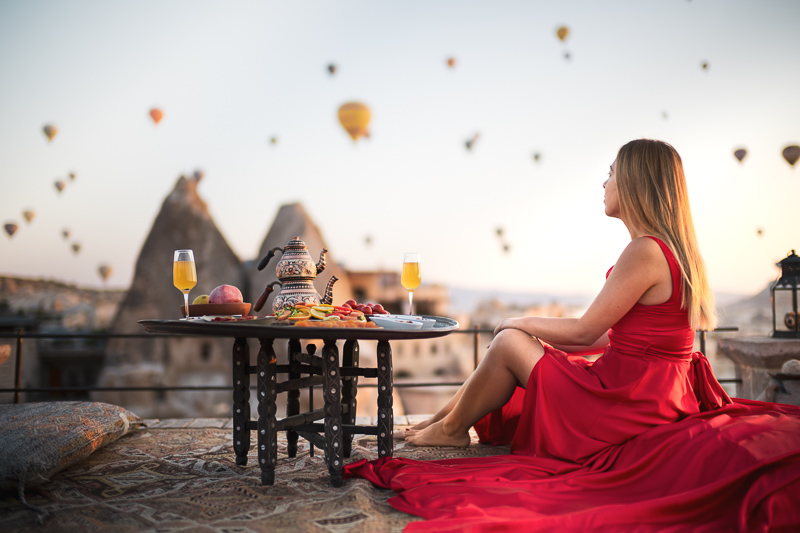
With lenses like the Sony FE 24mm 1.4 GM, Sigma 35mm 1.2 Art DG DN, Laowa 35mm 0.95 Argus and the Sony FE 50mm 1.2 GM in the E-mount lens lineup and the ongoing Instragram hype it might be a good time to talk a bit about environmental portraits.
What is an environmental portrait and what is the difference compared to a normal portrait? Which lenses work best? Which mistakes I made in the past but you can already avoid today?
These are the questions I will try to answer in this article.
Contents
What makes a portrait environmental?
In a normal portrait you want to direct all of the viewer’s attention to your subject/model. So often people use fast (longer) lenses and look for non distracting backgrounds to achieve this, as I did in this example:
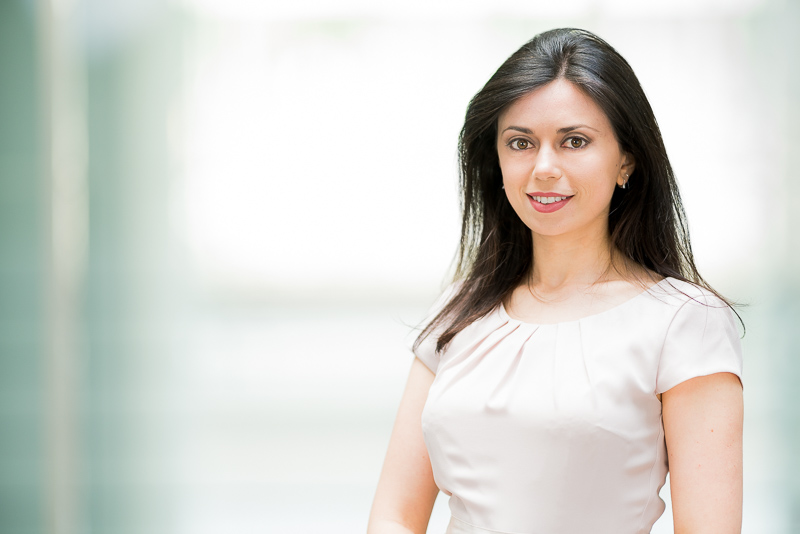
You don’t know where the shot has been taken and the background does not give you any further information or points of interest that could distract from the model.
In an environmental portrait on the other hand you want to include the background, you want it to have some points of interest and in the best case it will give the viewer some additional information on the subject, as in this example:
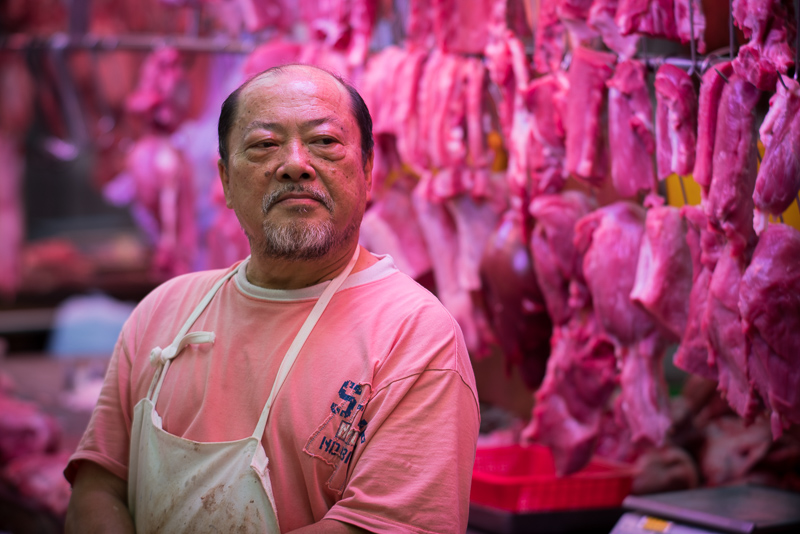
This is one also features a half body framing just as the one above, but the inclusion of the background tells you the subject is probably a butcher. You might also get an idea where the shot has been taken. This could just as well be categorized as street photography, in fact there is a huge overlap between street photography and environmental portraits.
One of the major differentiators for most will probably be, that while most streetphotography is unstaged an environmental portrait easily can be staged. The subject usually knows a picture will be taken and might even have been directed to give the best artistic result, often not possible (or even desired) in streetphotography.
This is a staged environmental portrait in the style that is popular on Instagram (these are also sometimes referred to as “Figure in Landscape”):
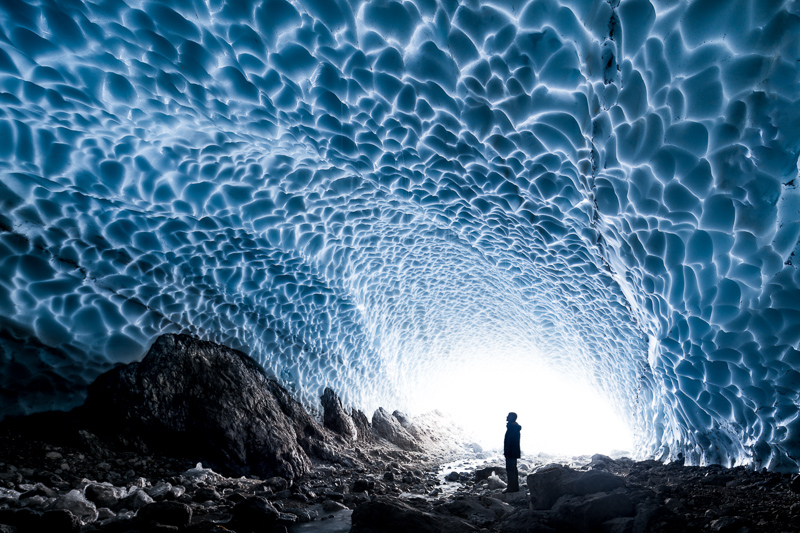
To me an environmental portrait is most successful and has most visual impact when it tells a story. I think the following picture is a good example: in the background you see Big Ben and the houses of parliament, so obviously you are in London, right at the Thames. The person sitting here wears a thick hat and has his hands buried in his pockets, so it must be a cold day. He interacts with the scene as despite the cold he decided to sit down here and watch one of the landmarks of London during sunset.
It almost makes you feel the cold wind and the moist air at the Thames, especially when you have already been there in person before.
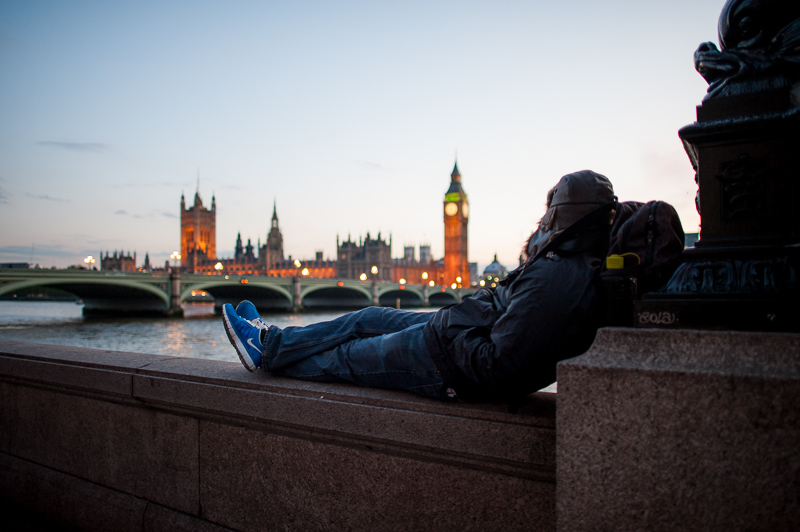
This is, what in my opinion environmental portraits are all about: telling a story.
What lenses work best?
Most people will probably say: fast wide angle lenses (24mm f/1.4 or 35mm f/1.4). While I agree in a way this is not a hard rule and many other lenses worked well for me in the past, so I will talk about different focal length ranges and what I think they work best for. I will mainly talk about taking pictures of grown humans here first, at the end there is an additional chapter about children and animals.
9-21mm: Ultra Wide Instagram Shots
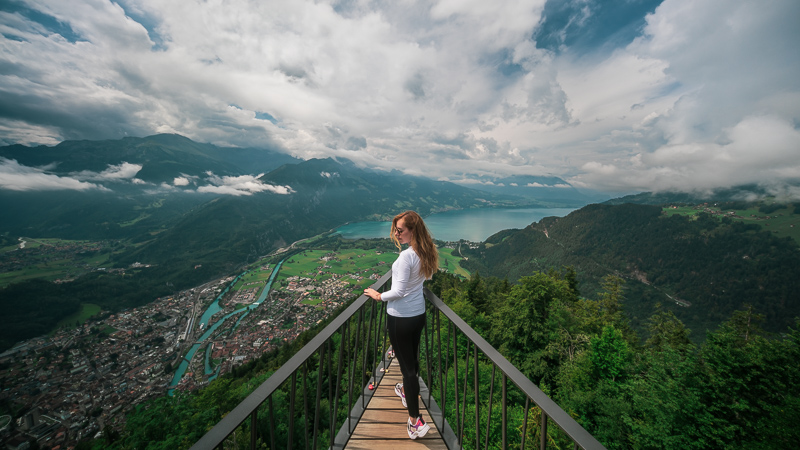
Lenses in the ~17-21mm range work well for panoramic, scenic Instagram style shots where your subject is rather small in the frame. In indoor situations these focal lengths also let the surroundings appear bigger than they actually are.
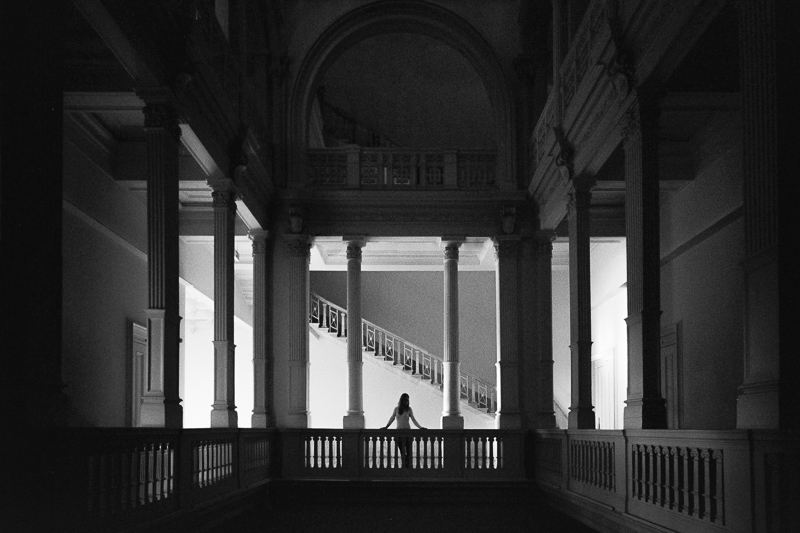
With these lenses you have to watch out for perspective distortion and you should keep some distance to your subject as well. If you want to straighten the verticals you should keep in mind to leave some room for that when deciding on your framing. You can even use 17-24mm Shift lenses for that.
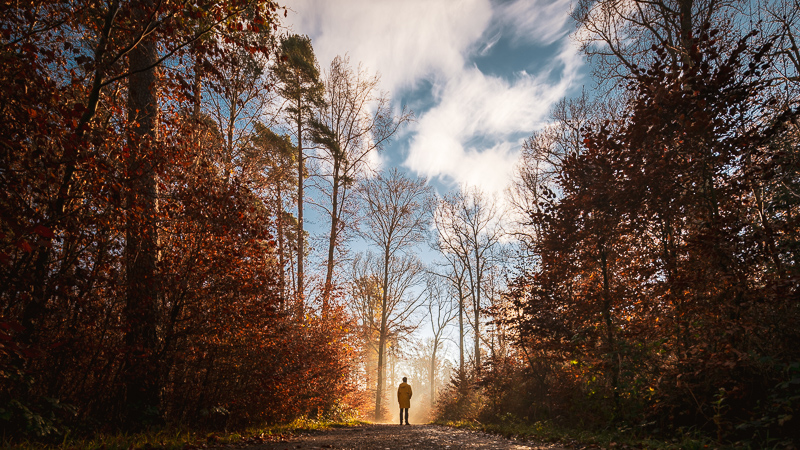
With lenses this wide (even talking about faster ones like the Sigma 1.8/14 or the Laowa 2/15) you will rarely have any visibly out of focus backgrounds though and you probably want to keep your subject close to the center of the frame, so it won’t be perspectively distorted.
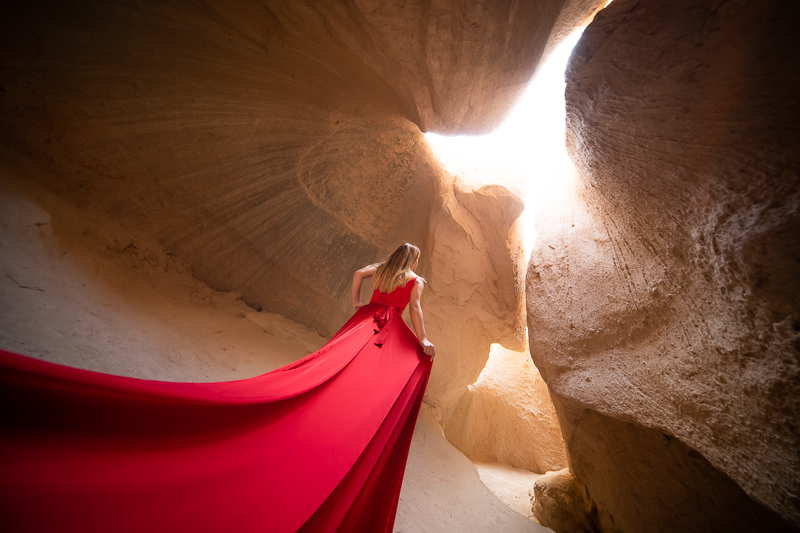
Notable lenses:
As lens speed is not overly important most wide angle lenses work for these kind of applications, you probably already have one that is well suited, but you can also have a look at our Ultrawide angle lenses for A7 series cameras or Wideangle lenses for A7 series cameras guides.
24-40mm with f/0.95-1.8: Environmental portraits with 3D effect

These are the lenses usually recommended for this task. They are wide enough to include the scenery yet fast enough to at least slightly blur the background, which adds to the feeling of depth (or gives a 3D effect, as many people like to put it).

In my opinion, a fast 28 or 35 is best suited for this task and the faster the better, this is why ma favorite lenses here are the Laowa 35mm 0.95 Argus and the Sigma 35mm 1.2 Art DG DN.
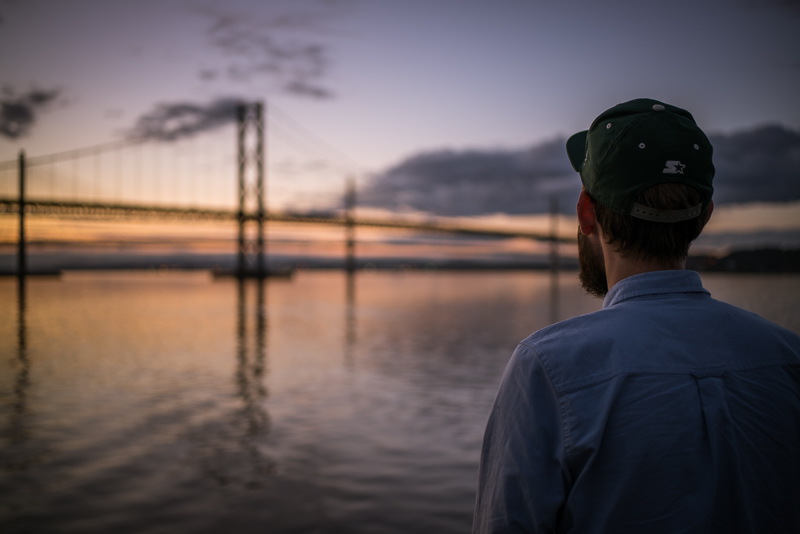
Already with the Voigtlander 35mm 1.7, when taking a full body environmental portrait, the background is only barely out of focus. With the RX1RII (35mm 2.0) it will be even harder and I am sure this is part of the reason many people are not overly happy with the 35mm 2.8 offerings.

Good thing about 35s: you can already place your subject closer to the border of the frame withoug getting noticeable, distracting distortions.
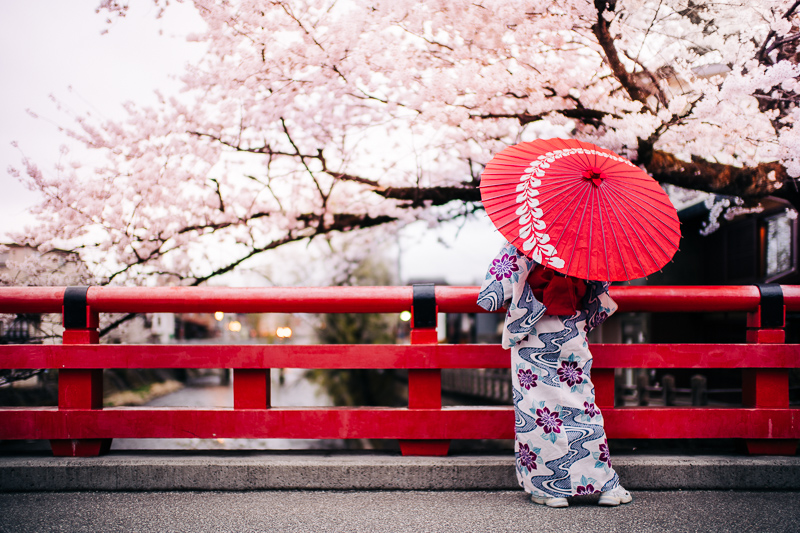
Now with a 24mm f/1.4 like the Sony FE 24mm 1.4 GM you can go a little closer to your subject for having a full body framing and you will have more background in the frame that also looks slightly more out of focus – maximum aperture being equal. But this comes at a price: more and sometimes noticeable perspective distortion.
To get nice bokeh with a 24mm 1.4 I was always tempted to go a little closer, but this is not a good idea and will often lead to big noses or too small looking bodies and arms.
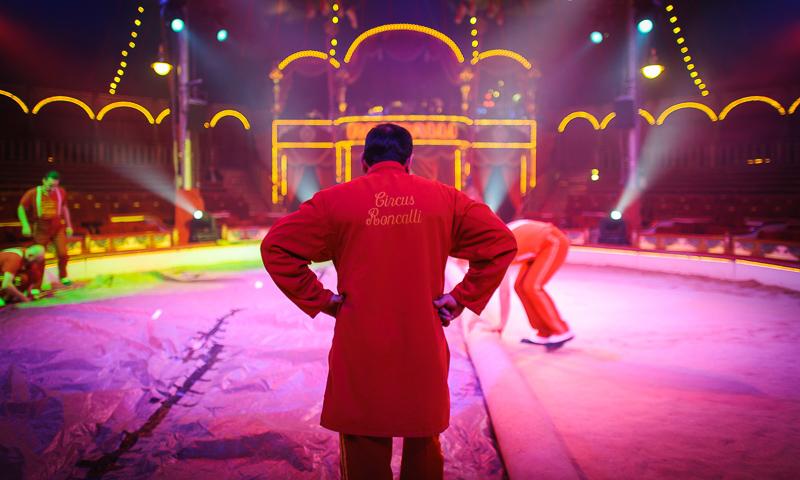
Notable lenses:
- Sony FE 24mm 1.4 GM
- Laowa 28mm 1.2 Argus
- Thypoch Simera 28mm 1.4
- 7artisans 28mm 1.4 FE+
- Laowa 35mm 0.95 Argus
- Sigma Art 35mm 1.2
- Voigtlander 40mm 1.2 Nokton E
Here I prefer lenses with smooth, undistracting bokeh rendering. Many of the older designs (and also the Voigtlander 35mm 1.4 E Classic) therefore don’t qualify.
50mm and longer: the more intimate environmental portraits

Depending on your distance to the subject or the surroundings a 50mm lens will still yield nice environmental portraits, but obviously you loose a bit of that wide angle look often associated with them.
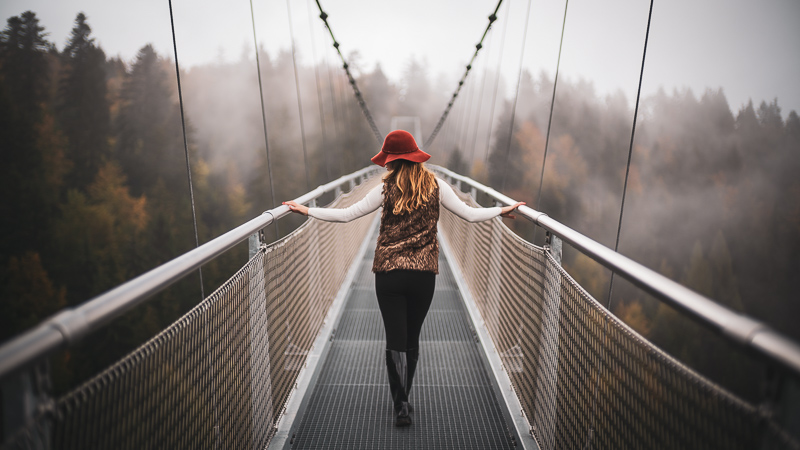
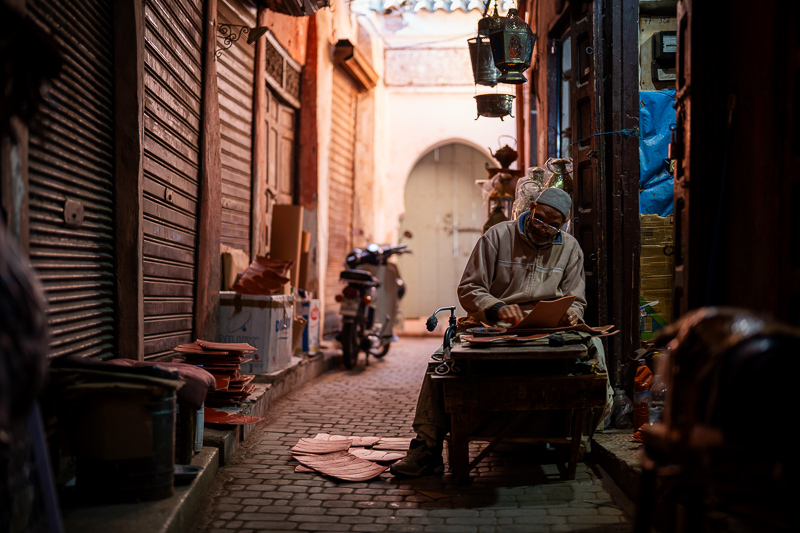
Personally I also like using fast 85mm lenses like the Sony FE 85mm 1.4 GM a lot for environmental portraits lately, as even for full body framing it yields more bokeh than the wider options:
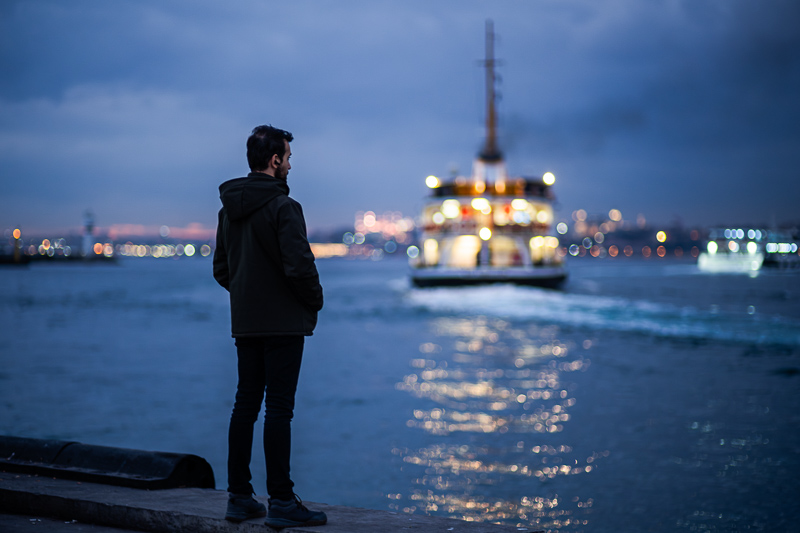
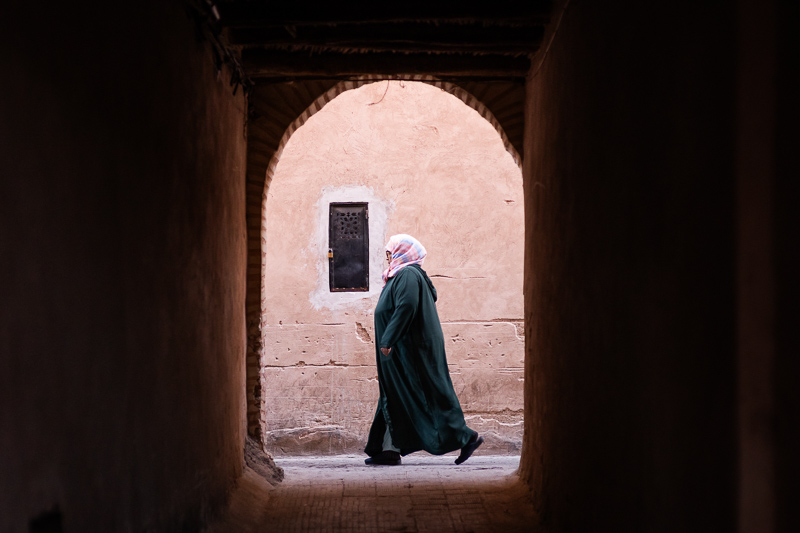
Notable lenses:
Zhong Yi Mitakon 50mm 0.95
Voigtländer VM 50mm 1.0 Nokton
Sony FE 50mm 1.2 GM
Voigtländer 50mm 1.2E Nokton
Sigma 50mm 1.4 EX
Sony FE 85mm 1.4 GM
and many more
What about using Bokehpanoramas/Brenizer?
To combine the higher amount and the better quality of the bokeh of a longer lens with the framing of a wide angle lens many people like to use the Bokehpanorama/Brenizer technique. This can be used to great effect, but takes time and practice and won’t work in every situation.
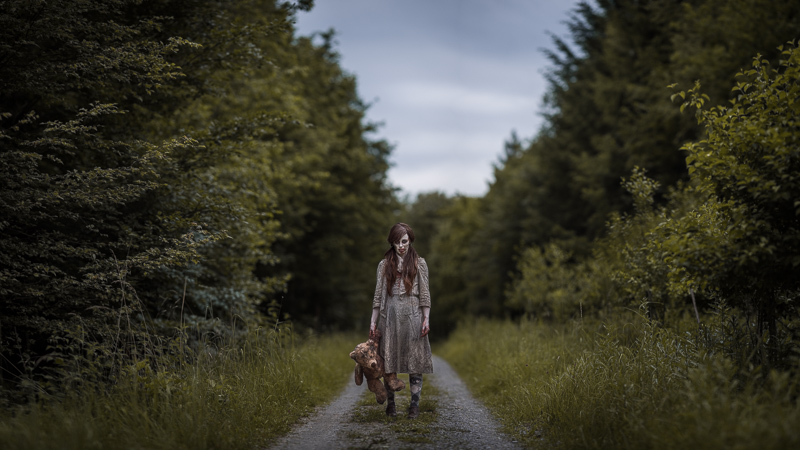
Special case: Animals and (small) Children
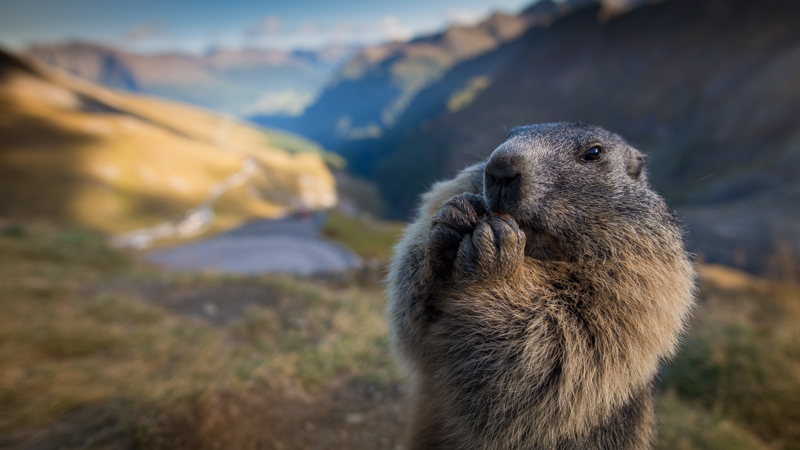
Our eyes and perception are very well trained when it comes to grown humans, so we easily spot distorted faces, big noses and such when using wide angle lenses.
In my experience this is less so the case when taking pictures of smaller children, especially babies, and animals like dogs or cats.
You can use a fast wide angle lens like a 24mm 1.4 or 35mm 1.4, stick it close to their face and the shots will look cute and adorable instead of obviously distorted.
Also: for a full body shot of a child you can go much closer compared to an adult, giving you more and nicer bokeh.
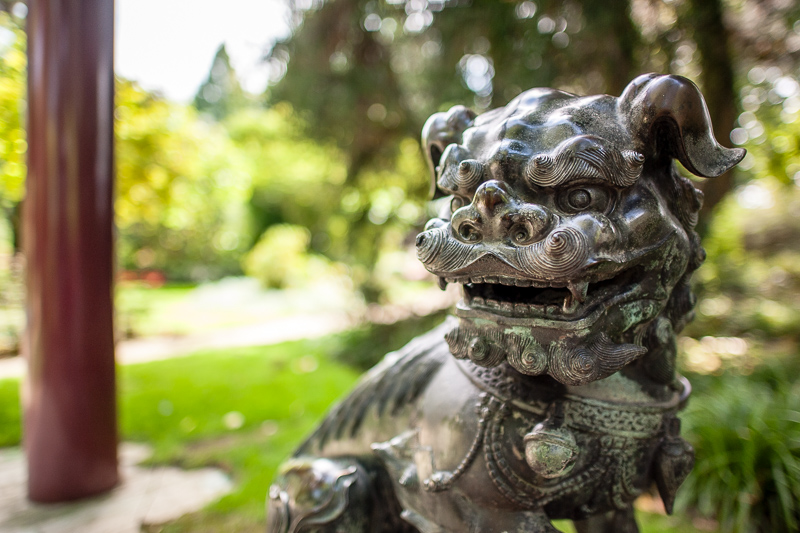
Round Up
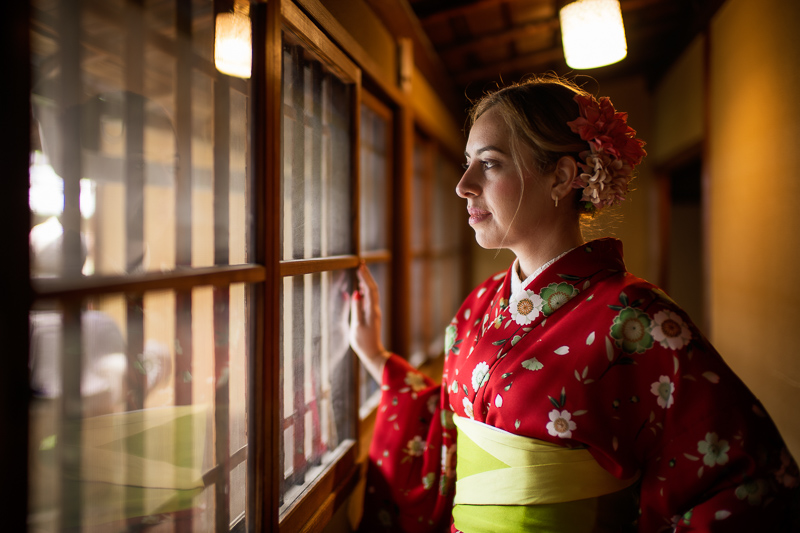
I hope you found this article helpful (or at least entertaining) and now know what environmental portraits are all about and what to watch out for. If not, do not hesitate to ask.
You are also invited to share your environmental portraits in the comments, if you want to see more of mine, I dedicated this topic a flickr album.
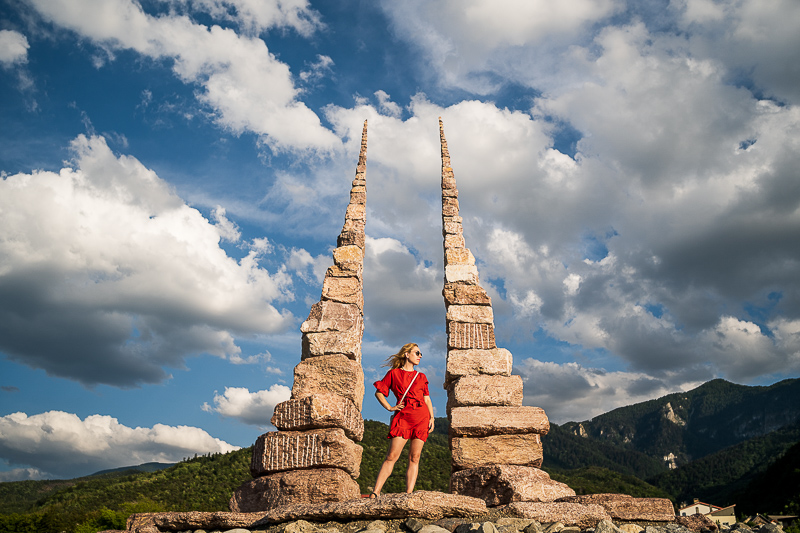
Other Articles
- How to: Taking better pictures?
- Our Guide to FE lenses
- All Lens Reviews
- Analogue Adventures
- Technical Knowledge
Support Us
Did you find this article useful or just liked reading it? Treat us to a coffee!
![]()
![]()
![]() via Paypal
via Paypal
Latest posts by BastianK (see all)
- Review: Thypoch 21mm 1.4 Simera - July 12, 2025
- Review: SLRmagic 50mm 0.95 Hyperprime LM - July 5, 2025
- Full Resolution Pictures getting fixed - July 4, 2025
I also found Canon fdn 24/2.8 gives great environment portraits wide open. It has weak flare control but that can be used for an advantage.
Hi Bastian, thanks a lot for that article! I really like all the well done reviews of lenses here, but that kind of inspiring view of things is also very helpful (at least for a tech guy like me…). Would like to see more like that.
I agree.
Fantastic article! Thank you for pulling that together, these articles always give me new things to try.
Terrific article, thank you.
Why seems nobody gives a s**t about 28mm focal lenght? There are tons of new releases these days, but nothing new about an exotic 28mm or an high quality compact 28mm. Keep waiting for a modern 28mm by Voigtlander.
Check Sigma 28mm F1.4 Art. It is a fantastic lens.
Very nice article and now I finally have a name for what I like so much 🙂 In this context I especially love the Sony FE35/1.4. The 24mm focal length is enough, but I’m thinking about it “loudly” again. It would be even nicer if it was from Zeiss…I just like the contrasts better than from the GM lenses.
Here is my favourite environmental portrait: https://flic.kr/p/TPfuqe
Today I would probably do it from further away and work on it quite differently. Whereby the “bad” at that time in Scotland was the “good” weather 🙂 Less photogenic in my eyes.
Way above average weather for Scotland 🙂
I find 24mm distortions too distracting. You really need to look at where you place your subject. Although this lens is very versatile and if I had to choose only one lens it would probably be 24mm 1,4f because it is good for nearly anything. But to really get that unique bokeh and a lot of background, 35mm is better
Really an excellent article. Thanks
Really cool article and great examples Bastian. Environmental portraiture is my jam. I have been most successful with this shooting style.
I like to occasionally push it to the extreme. Here is a portrait shot I took with a Sigma 8mm 180 degree fisheye just this month with the aspens changing colors https://www.instagram.com/p/BoXRAeon1f8/?taken-by=spectrumdisorder
Thank you very much!
I think I have never seen a portrait taken with a circular fisheye 🙂
Hello Bastian, you are a really good photographer! Your pictures and articles help me improve.
By the way the Nikon 24mm 1.4 seems to be a lens with very nice color and contrast.
Thank you Jared!
The Nikon also has some flaws: bokeh towards the borders is not really smooth and loCA are pretty high. I hope the Sony will improve on these things!
Hi Bastian,
I returned to Sydney from the Aegean Islands and wished I took my FD24mm F1.4 to use on my A7ii.
Your article is is outstanding.
Thanks so much.
Aristo
Thank you very much!
Thank you BastianK for this great article.
If you need a budget lens for apsc camera, I think you can try 7artisans 25mm f1.8 or (better) Kamlan 28mm f1.4 which has good 3D rendering.
Since some of us (like me) can’t afford such those great lenses. (fingercrossed)
I would rather get one of the faster Sigma lenses (1.4/16 or 1.4/30) for APS-C.
Surely that Sigma 30/1.4 will knock them all (except for the price)
But one I have to rethink for Sigma, is that lack mechanical manual focusing, I heard that manual focusing on Sigma 30 or 16 quite challenging.
Hello Bastian
As I understand native Sony fe 28mm 2.0 is the cheapest way to do such portraits. But what about Minolta MC Rokkor 35mm 1.8? I read in Phillip’s review that this lens peforms not good at 1.8 with low contrast but on the other hand this lens has specific character. What do you think? Should I try it and there is a chance to get something beauty?
If you like the rendering, sure, give it a try.
Sony ZA 35mm 1.4
Sigma Art 35mm 1.4
– hyperlinks are missing.
We try to keep our older articles up to date, but it takes lots of time, unfortunately.
Maybe we need to give you rights to edit our older posts and keep them updated whenever a new review is published 🙂
It would be my pleasure to help you. I admit, your website has a complex structure, and every new review or announced lens creates lots of places, where it shall be mentioned in one way or another.